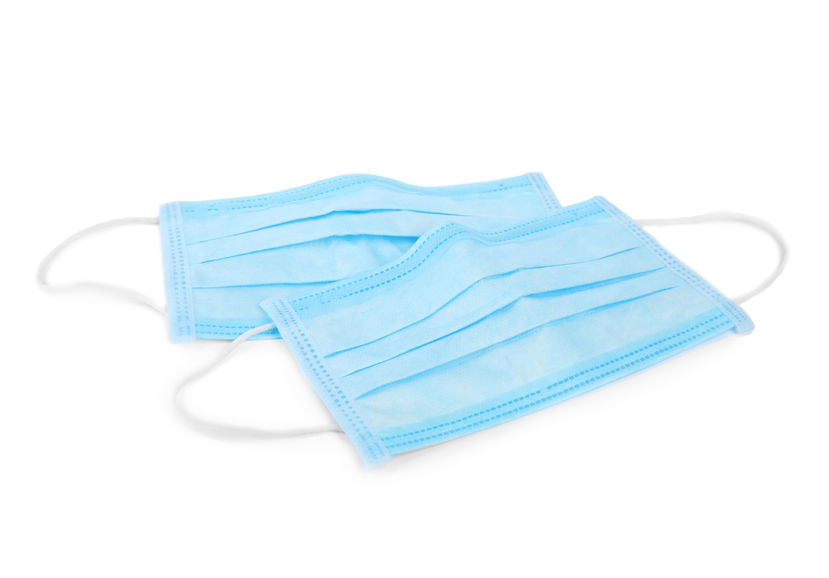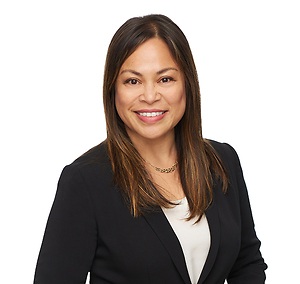Overview
 It depends where you stand. Here are some of the latest updates –
It depends where you stand. Here are some of the latest updates –
California: Yesterday, Governor Gavin Newsom signed a bill that restores the expired supplemental paid leave requirements that he signed into law back in March 2021. In a nutshell, beginning February 19 (retroactive to January 1, 2022) and continuing through September 30, 2022, California employers with more than 25 employees must provide up to two (2) weeks of paid COVID-19 leave to employees who are unable to work or telework due to COVID-19 reasons:
- First bank of hours: An employee can receive up to 40 hours of pay (for full time employees) for time that the employee spends in quarantine or isolation due to COVID-19, or for when the employee is obtaining a COVID-19 vaccine/booster for themselves or a family members, is experiencing symptoms that prevent them from working or teleworking, or caring for a family member who is experiencing symptoms as a side of effect of the vaccine/booster.
- Second bank of hours: An employee can receive an additional 40 hours of paid leave (for full time employees) if they or a family member (as defined by California’s Healthy Workplaces, Healthy Families Act of 2014) tests positive for the virus. The bill does allow the employer to require the employee who tests positive to submit to another test on or after the 5th day (at the employer’s expense) after the first positive test and provide documentation of those results. The employer can also seek documentation of a family member’s test result before paying the additional supplemental paid sick leave. Employee refusal to provide documentation would be grounds for denying this additional paid sick leave.
Part-time employees would receive the total number of hours they are normally scheduled to work over one week, for each bank of leave. The law also provide a separate formula for calculating the amount of leave for employees who work varying schedules under 40 hours per week, and that formula relates to the average number of hours worked each day for the employer in the six months prior to the leave.
This COVID-19 supplemental paid sick leave is available in addition to any leave that the employee may be entitled to under the Healthy Workplaces, Healthy Families Act of 2014. Keep an eye out for a model notice to be issued by the California Labor Commissioner.
Indoor masking requirements will end in California on February 16, 2022. Only unvaccinated persons are required to mask in all indoor public settings.
New York: The mask-or-vaccine mandate for indoor businesses expires as of today, February 10. Under the mandate, all individuals, regardless of vaccination status, were required to wear a mask in all indoor public places in New York State unless the business or venue required proof of full vaccination against COVID-19 as a condition of entry.
Last month, the NY State Department of Health made available self-attesting quarantine and isolation forms for employees to use to establish eligibility for paid leave required under the state’s COVID-19 quarantine leave law. The law requires employers to provide 14 days of job protected leave to employees subject to a mandatory or precautionary order of quarantine or isolation due to COVID-19, as well as for employees caring for a minor or dependent child who is required to quarantine. Employees may only qualify for leave under the leave law for a total of three (3) times. Second and third leave periods must be based on positive test with documentation, as opposed to merely having close contact with someone with COVID-19.
At the end of 2021 (retroactive to November, 2, 2021), the New York City Council passed a law that requires employers to provide additional paid leave for workers to get their children vaccinated: an additional four hours of paid leave for each vaccination injection for each child under age 18. Employees can use the paid leave to take their child to receive a vaccine or to care for the child if they experience side effects.
Illinois: Governor J.B. Pritzker announced yesterday, February 9, 2022, that if COVID-19 hospitalization trends continue as expected, the state requirement for face coverings to be worn in indoor spaces, including businesses, will be lifted on February 28. Today, Chicago and suburban Cook County health officials said that they anticipate that the city’s proof of vaccine requirement for certain businesses and indoor mask mandate will lift around the same time as the state’s face covering requirement lifts. None of these changes would apply to public transit, or health care facilities. Local jurisdictions and business owners can impose or maintain stricter requirements.
The Cook County, Illinois ordinance requiring pay for employee time spent receiving a vaccine required by their employer, if scheduled during normal working hours, remains in place. The Chicago Paid Sick Leave ordinance requiring paid sick leave for those employees required to quarantine or isolate based on the order of a health care provider, the Mayor, Governor, or Chicago Department of Public Health, also remains in place.
Colorado: Effective January 1, 2022, the Healthy Families and Workplaces Act requires all employers to provide paid sick leave to their employees, accrued at one hour of paid sick leave for every 30 hours worked, up to a maximum of 48 hours. In addition, all employers in Colorado have been obligated to provide public-health-emergency leave since Jan. 1, 2021. Under state law, all Colorado employers must provide this leave if there is a federal, state or local declaration of emergency. While the state declaration has been lifted, the federal declaration is currently still in place, and therefore the obligation to provide PHE leave remains in place.
Colorado maintains a public health order requiring unvaccinated or not fully vaccinated persons to wear masks in homeless shelters, prisons, jails, corrections facilities, emergency medical and health care settings, and on public transportation.
Massachusetts: The state law requiring employers to provide COVID-19 emergency paid sick leave was extended until the earlier of April 1, 2022, the emergency fund’s exhaustion, or a notice from state regulators that the emergency fund would soon be exhausted. The law extending the emergency paid leave also expanded the scope of permissible leave uses to include caring for a family member who is getting a COVID-19 vaccine or recovering from its side effects.
Rhode Island: Starting February 11, 2022, the state mask or proof-of-vaccination requirement for indoor businesses ends. Masks or proof of vaccination have been required for all individuals on the premises of office-based businesses, manufacturers and other private employers with indoor operations.
Oregon: Earlier this week, state health officials announced that Oregon will remove general mask requirements for indoor public places no later than March 31, 2022. Currently, masks are required for all individuals older than 5, regardless of vaccination status, when in public indoor spaces.
Delaware: The state’s general mask requirement is scheduled to expire on February 11, 2022.
New Mexico: Currently, all individuals over age 2 must wear a mask in indoor public settings. That requirement will expire on March 4, 2022.
BOTTOM LINE: Although states and local authorities have begun unraveling masking requirements, it is important to closely monitor changes to those requirements as the COVID-19 pandemic remains fluid. In the meantime, consider what makes most sense for your particular workplace and workforce. Generally, employers should not restrict individuals from wearing masks in the workplace, and employers must not penalize or retaliate against individuals who elect to wear a mask. Make it clear that bad behavior towards those who opt to wear a mask or not wear a mask, will not be tolerated.
Also, stay on top of paid leave requirements related to COVID-19, whether as to vaccination, recovery from the same, or quarantine and isolation for positive cases. While these paid leave requirements have expired in some state and local jurisdictions, others remain in place and may be extended.
Professionals
Related Services
- Affirmative Action
- Cannabis in the Workplace
- COVID-19 Resource Center & Task Force
- Employee Benefits & Executive Compensation
- Employment Advice & Counsel
- Equal Pay Compliance
- Government Regulation, Audit & Compliance
- Immigration & Global Mobility
- Labor, Employment, Benefits & Immigration
- Prevailing Wage
- Public Sector
- Staffing Agency, Independent Contractor & Contingent Workforce
- Traditional Labor & Union Relations
- Unfair Competition Counseling & Litigation
- Vaccine Mandates in the Workplace
- Wage & Hour
- Workers' Compensation
